In 2014, I participated in an online challenge called “100 Happy Days.” The goal was to post a picture of one thing that made you happy every day for - you guessed it - 100 days.
I was immediately intrigued, as I often am by projects requiring high levels of commitment and discipline. These are weaker strengths for me, and yet, I’m like a moth to a flame for anything requiring long periods of consistency. Alas.
I’m happy to report that unlike MANY projects that I begin and then promptly lose interest in, I actually completed all 100 days of the project.
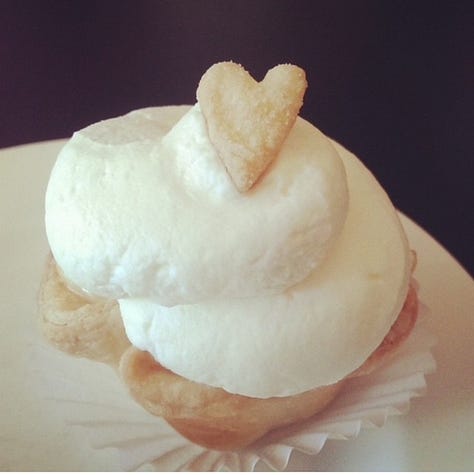


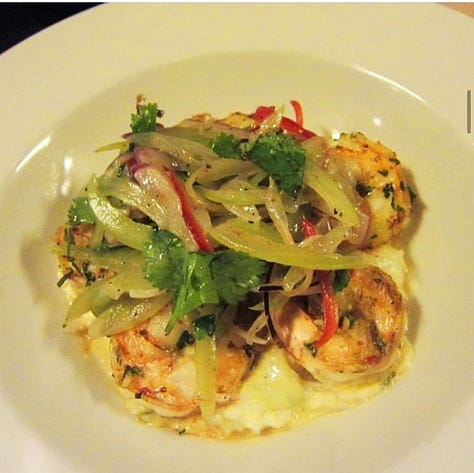


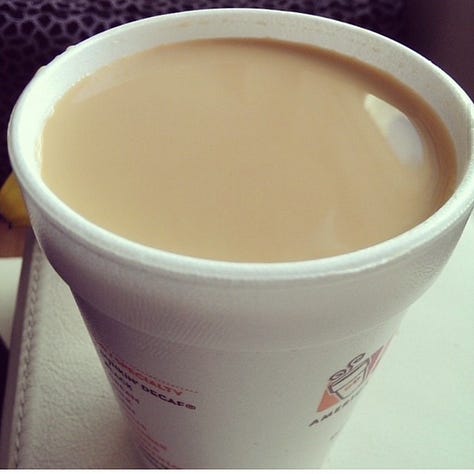
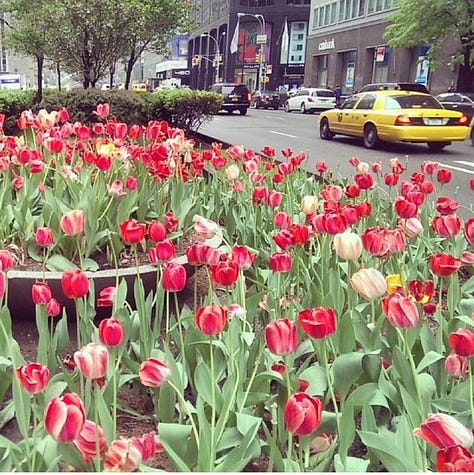

Although I enjoyed the project at the time and was noticeably happier by the end of the 100 days, I’m not sure I fully appreciated what made it so special or how it had permanently altered my brainscape (a word I just made up because brain landscape felt really long. I like it. It stays.).
You see, at the time, I wasn’t aware that our brains are hardwired for negativity. We all have a negativity bias that’s deeply rooted in our evolution. Thousands of years ago when humans were living among the elements and avoiding saber-toothed tigers for survival, a fine attunement to threats was pretty helpful.
But today, our propensity toward the negative can be pretty annoying.

If I were to ask you to name an embarrassing moment or a really painful experience, you could probably recall one (or five) with ease. But, if I ask you to name your happiest or funniest or coziest memory, you might need a little more time to think about it.
Perhaps you’ve sat through a performance review where your supervisor named five things you did really well and one thing you could work on, and all you could think about for the rest of the day was that one piece of critical feedback.
Or maybe you’ve been faced with a decision, like whether you should take a new job or move to a new city, and as you assessed your options, you became hyper-focused on all the potential negative things than could happen, rather than all the good things that might have come of it.
If any of this sounds familiar, congratulations! Your negativity bias is intact.
But here’s the uplifting news. Despite strong evolutionary headwinds, you are not doomed to be a Negative Nancy.
Enter: neuroplasticity.

A hundred years ago, we thought that the adult brain came “as is” with factory settings that couldn’t be changed. But in the early 1920s, scientists began to discover “neuroplasticity,” which is just a big, fancy word describing a fascinating process in which you can literally restructure your physical brain.
When you learn a new language, master an instrument, or even when you exercise, you are triggering structural brain changes. Similarly, when you form a new habit through repetition, it physically alters your brain’s architecture.
Have you guessed where I’m going with this?
You can’t remove the negativity bias your brain came with, but you CAN make changes in your brain that counterbalance this hardwired tendency.
How? Glad you asked.
The Power of Gratitude
The reason the 100 Happy Days challenge worked so well was because it helped me develop a new habit of proactively looking for things that sparked gratitude and created new neural pathways in my brain that made this behavior more automatic.
But this wasn’t just my personal experience. Studies show that people who regularly practice gratitude experience positive changes in their brain activity. In one study, participants were asked to write letters of gratitude over the course of a few weeks. Brain scans later revealed that the neurons in their prefrontal cortex - the part of the brain associated with decision-making and emotional regulation - had stronger, more responsive connections and had become more adept at responding to new emotional or cognitive demands.
In another study, gratitude was found to influence the activity of the amygdala and hippocampus, brain regions associated with emotion and memory, suggesting that gratitude can have a significant impact on how we process and remember emotional experiences.
In short, a “grateful brain” is more resilient, makes better decisions, has a greater capacity for empathy, and can more easily shift toward positive emotional states and away from negative ones.
Not to mention, it just plain feels nice to be grateful. You can thank the surges in dopamine, serotonin, and oxytocin that gratitude induces for that.
Gratitude also promotes:
Stronger relationships - Gratitude enhances communication and cooperation. At work, it leads to more cohesive team dynamics, increased productivity, and greater job satisfaction. At home, it deepens bonds and creates a more loving environment that makes for more peaceful negotiations over who gets to empty the dishwasher.
Greater resilience - Focusing on the positive buffers against stress and setbacks. At work, you’re better prepared to navigate challenges, maintain motivation, and reduce burnout. At home, you’re better equipped to handle life's inevitable ups and downs, reducing stress and promoting a sense of security and stability for everyone.
Boosted Creativity and Problem - Solving - A positive mindset fueled by gratitude broadens your thinking and makes you more receptive to new ideas and solutions. At work, you are more likely to innovate and contribute unique and valuable insights to your team or projects. At home, you can flex greater creativity in coming up with family activities, choosing a design for your home renovation, or figuring out how to get your kids to eat things that have ANY small speck of green in them (something I know very little about; please help).
Gratitude helps you feel more engaged with your life and those around you, promotes a greater sense of calm, and creates a more fulfilling life. If it sounds too good to be true, it’s not. It’s just science.
So, how can you cultivate more gratitude in your life?
Remember that your brain will find what it’s looking for. When you make it a habit to reflect on things you appreciate and are thankful for, your brain starts to automatically scan the world for more of these things.
Here a few ways you can start creating the habit of gratitude.
Gratitude Journal
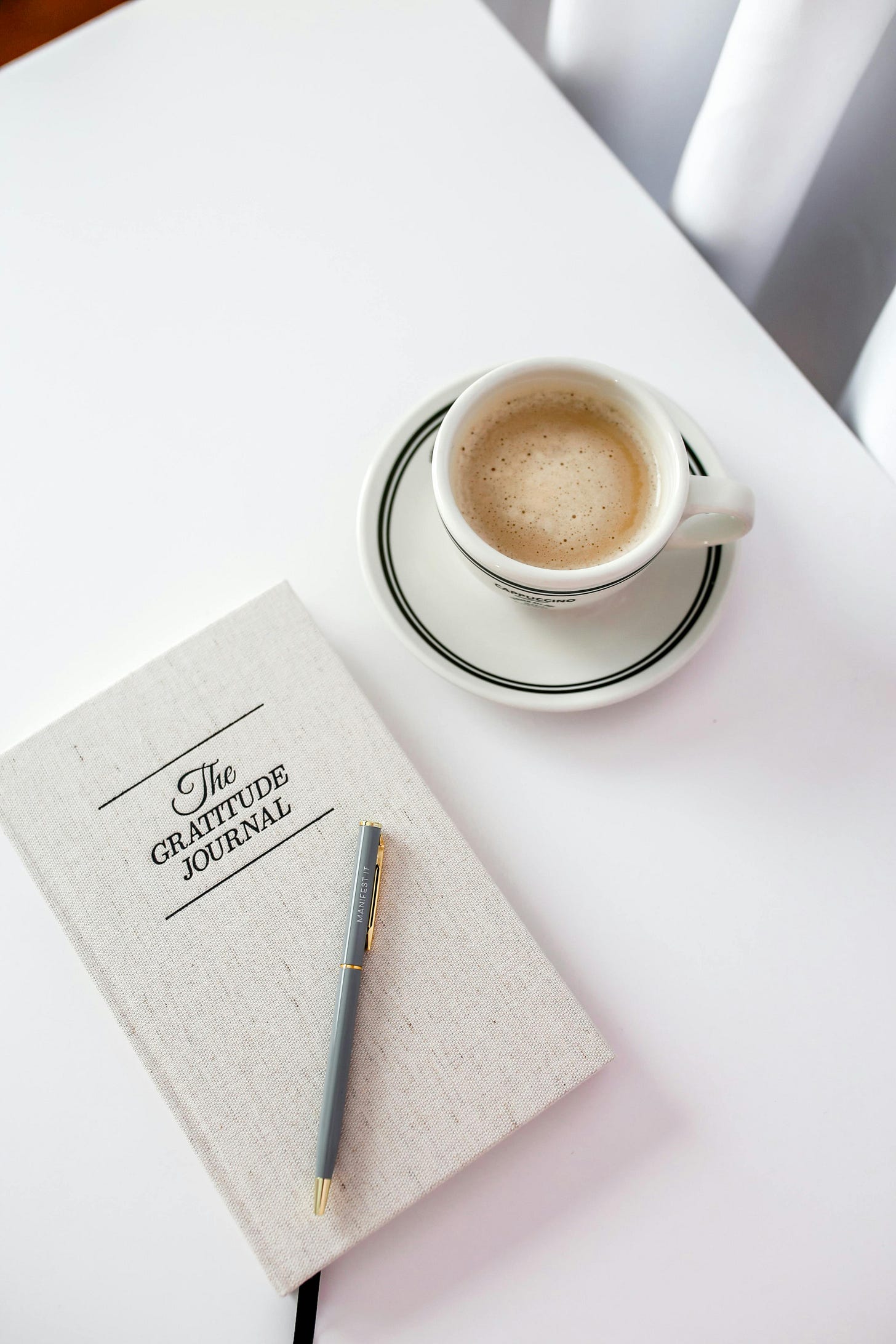
Why It Works: Writing down what you're grateful for helps redirect your focus from what's missing in your life to what's present and positive. This practice can rewire your brain to notice and appreciate the good that already exists in your life, enhancing your overall outlook.
How to Practice: Despite what the photo above may lead you to believe, you don’t need a fancy journal to get started. Simply set aside a few minutes each day to jot down three to five things you're grateful for. You could do this in the morning to start your day on a positive note or in the evening to reflect on the day's blessings. Challenge yourself to find new things to appreciate so that it doesn’t feel like a routine chore, and be specific in your descriptions, focusing on the details to deepen your appreciation and heighten the feeling of gratitude. (For example, rather than simply writing, “I’m grateful for my family,” you might try, “I’m grateful for the fun family game night we had on Friday where we got to play, laugh, and connect with one another without distractions.”)
Gratitude Jar
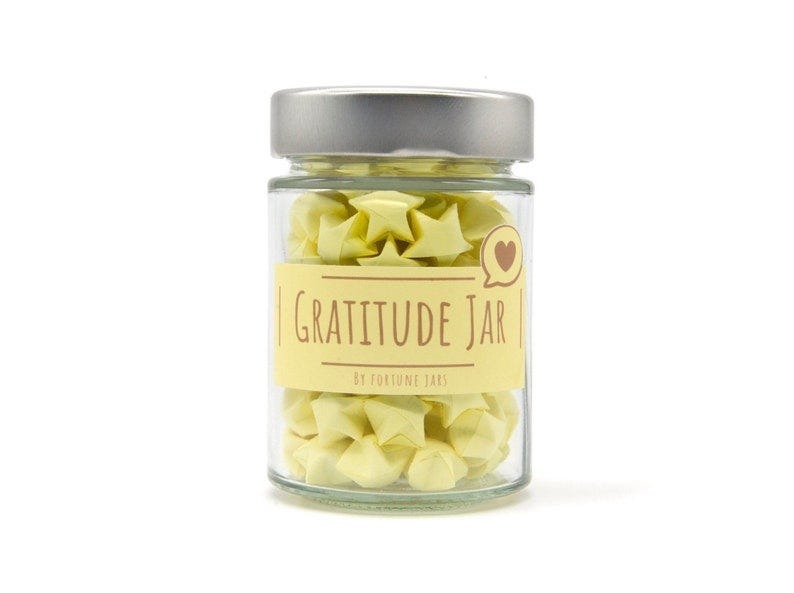
Why It Works: This is a fun, visual, and interactive method that reinforces gratitude by creating a tangible collection of positive experiences. It’s a great way to physically see how much good is present in your life over time.
How to Practice: Keep a jar (or any clear vessel you have around the house) and some slips of paper handy. Whenever something good happens or you feel grateful, write it down and place it in the jar. Over time, you'll accumulate a collection of happy memories and blessings to reflect on when you need a mood boost. I also love the idea of selecting a designated time to go through the blessings with your loved ones, maybe even starting a new birthday or new year’s tradition of savoring your positive experiences.
Mindful Appreciation

Why It Works: Mindfulness enhances your awareness of the present moment, allowing you to fully savor and appreciate experiences and the world around you. This practice helps cultivate a deeper sense of gratitude for small, everyday moments. When I was doing the 100 Happy Days challenge, some of the moments I selected were pretty big (e.g. attending the World Cup in Brazil and celebrating on the streets of Sao Paolo when Colombia beat the Ivory Coast which was SO fun). But, if you notice from the photos I posted, most of the things that brought me happiness were pretty simple - my morning coffee, a walk in the park, beautiful flowers, and of course, delicious food things.
How to Practice: Take a few moments each day to pause and appreciate your surroundings. If you are likely to forget, pair it with another daily habit or set a “gratitude alarm” to remind you to stop, and quite literally, smell the roses. Focus on the sensory details around you, whether it's the warmth of the sun on your skin, the taste of a delicious piece of chocolate, or the sound of your favorite song. Allow yourself to become fully immersed in these experiences and let your gratitude for the moment wash over you.
Gratitude Letters
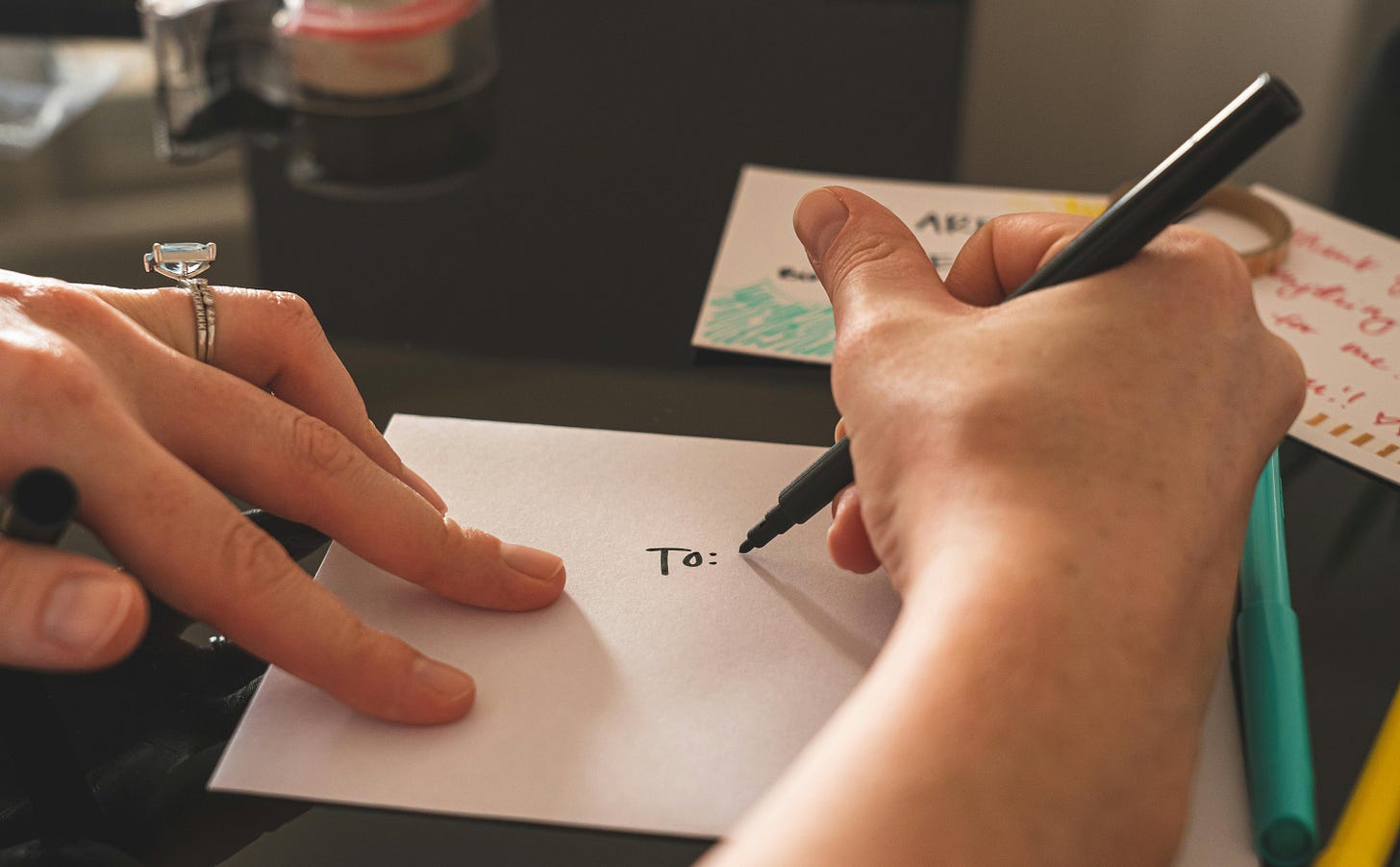
Why It Works: Want to feel a double boost of positivity? Expressing gratitude to others can not only strengthen your relationships (absolutely key to overall happiness), but it also boosts both your own and the recipient's wellbeing.
How to Practice: Write a heartfelt letter (or even a text) to someone who has made a difference in your life and send it off. Even better? Read your letter to them in person, if you can. This personal interaction can be profoundly uplifting for both of you.
These practices work because they consistently engage the brain's positive pathways, creating a more optimistic - and yes, happier - overall perspective. By integrating them into your routine, you're building a foundation for lasting change and enhanced wellbeing.
Have you tried any of these gratitude practices? Have you developed unique ones of your own? Sound off in the comments!
Until next week, stay well, friends.






What a great reminder. Thank you for sharing!
Great post! So true! Love it! Thank you!